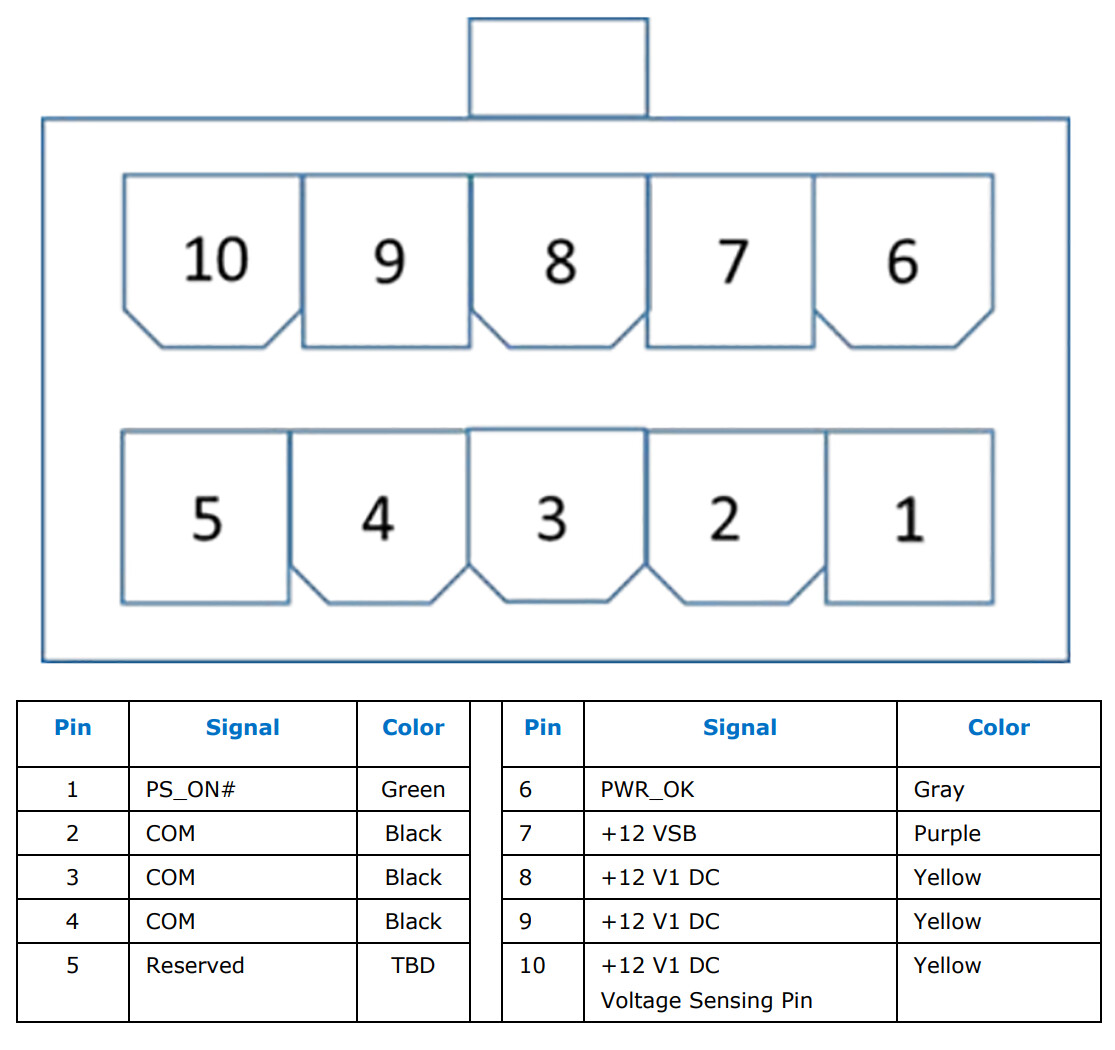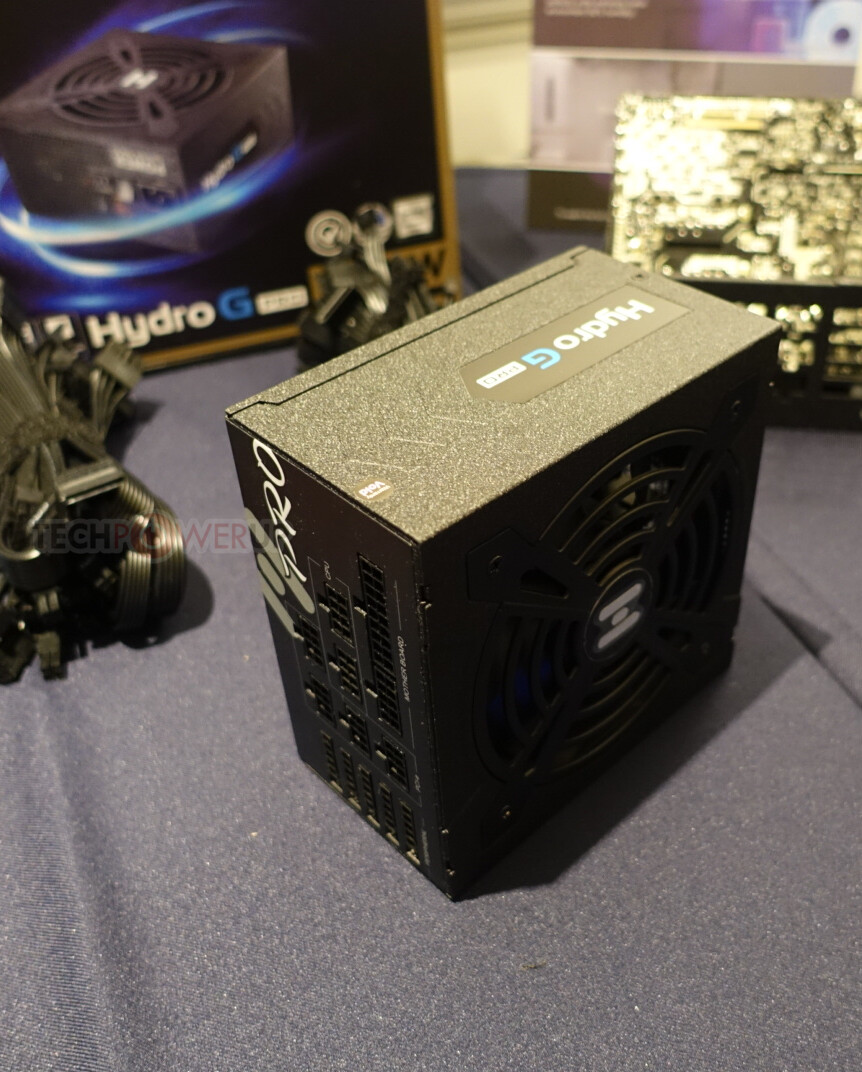- Joined
- Oct 9, 2007
- Messages
- 47,886 (7.38/day)
- Location
- Dublin, Ireland
| System Name | RBMK-1000 |
|---|---|
| Processor | AMD Ryzen 7 5700G |
| Motherboard | Gigabyte B550 AORUS Elite V2 |
| Cooling | DeepCool Gammax L240 V2 |
| Memory | 2x 16GB DDR4-3200 |
| Video Card(s) | Galax RTX 4070 Ti EX |
| Storage | Samsung 990 1TB |
| Display(s) | BenQ 1440p 60 Hz 27-inch |
| Case | Corsair Carbide 100R |
| Audio Device(s) | ASUS SupremeFX S1220A |
| Power Supply | Cooler Master MWE Gold 650W |
| Mouse | ASUS ROG Strix Impact |
| Keyboard | Gamdias Hermes E2 |
| Software | Windows 11 Pro |
The winds of change are beginning. The ATX12VO PC power-supply standard, earlier thought to be an OEM-mainstay with later introduction in the DIY retail channel, has already reached it. The ASRock Z490 Phantom Gaming 4SR is the first board. Gone is the 24-pin ATX power connector, a smaller 5-pin pure-12 V input takes its place. A 6-pin PCIe connector takes in additional 12 V input. The 8-pin EPS connector (another pure-12 V input) is right where it should be, near the CPU VRM area. There are two small 4-pin connectors, which could be 5 V and 3.3 V outputs from the motherboard, to SATA power connectors.
The part of the PCB next to the memory area is bustling with a few more power phases than vDIMM. These convert 12 V to 5 V and 3.3 V (essentially what a PSU with DC-to-DC switching does). The rest of the board's I/O feature-set is fairly standard: four SATA ports, a single M.2-22110 slot, an M.2 E-Key slot holding an 802.11ac WLAN card, 6-channel audio, and 1 GbE wired networking driven by an Intel i219-V controller. The company didn't reveal pricing or availability.
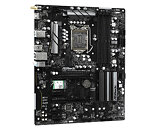
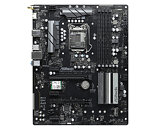
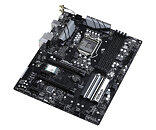
View at TechPowerUp Main Site
The part of the PCB next to the memory area is bustling with a few more power phases than vDIMM. These convert 12 V to 5 V and 3.3 V (essentially what a PSU with DC-to-DC switching does). The rest of the board's I/O feature-set is fairly standard: four SATA ports, a single M.2-22110 slot, an M.2 E-Key slot holding an 802.11ac WLAN card, 6-channel audio, and 1 GbE wired networking driven by an Intel i219-V controller. The company didn't reveal pricing or availability.



View at TechPowerUp Main Site



